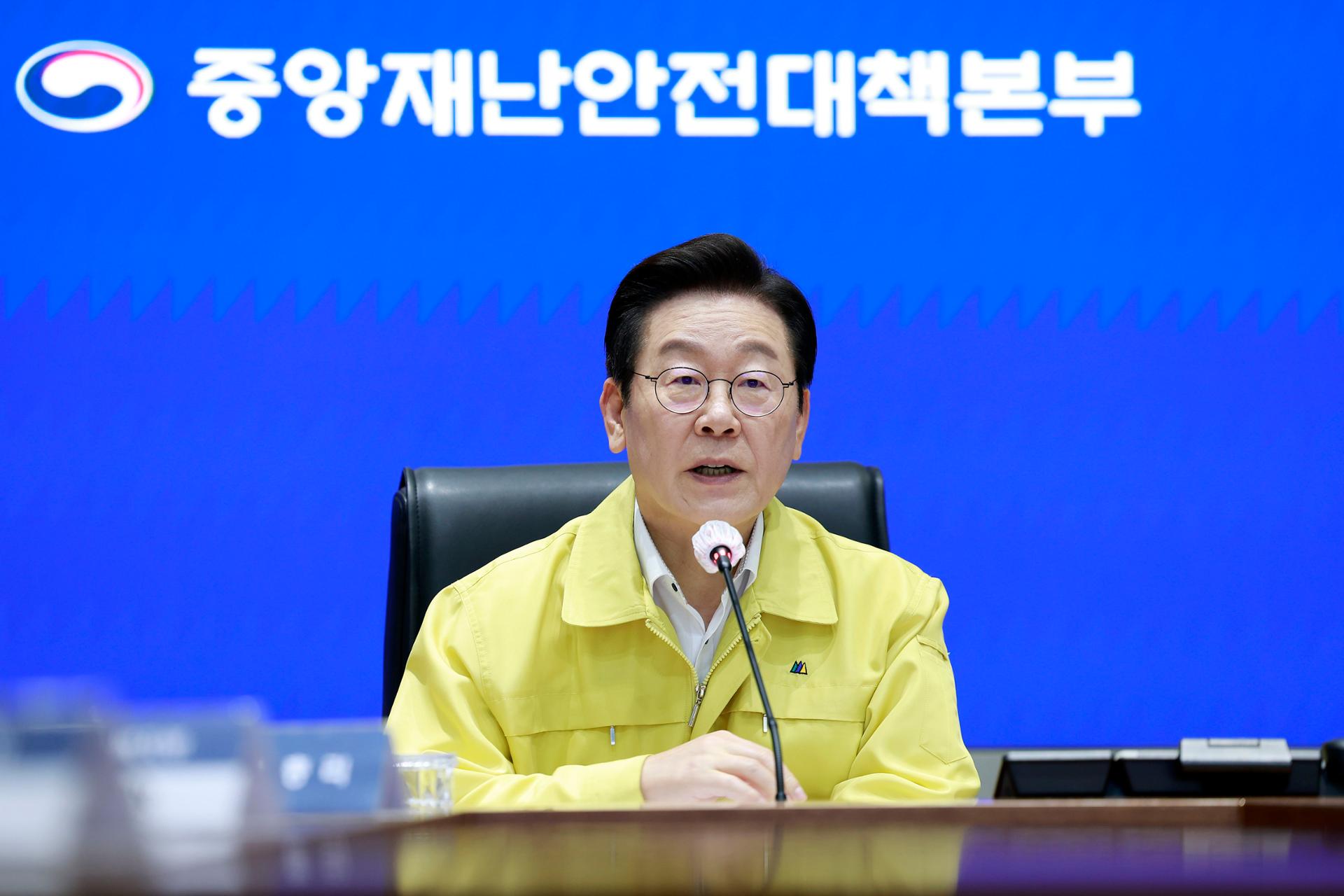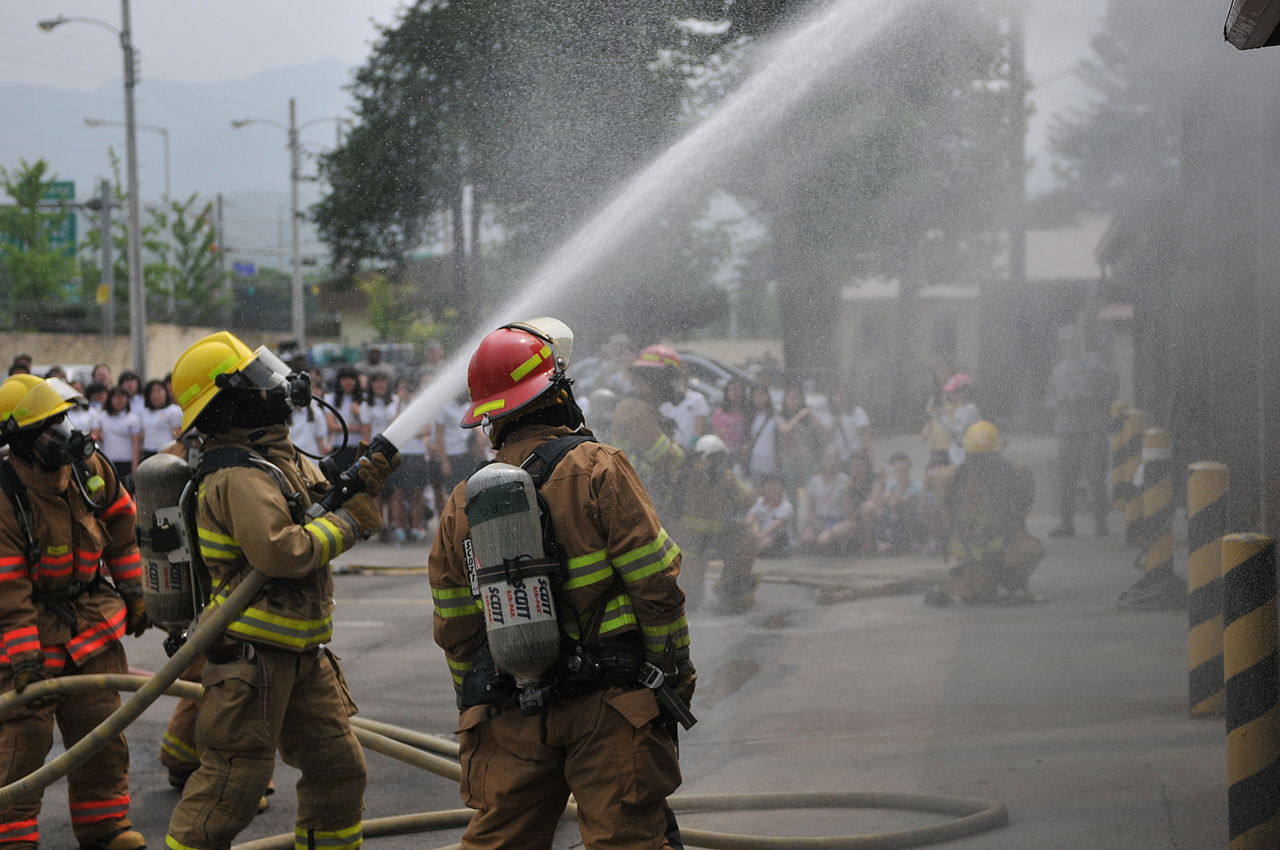Over 60 of South Korea’s e-governance and financial services, which were brought to a stand-still in wake of a fire at the National Information Resources Service (NIRS) on Friday, were reportedly restored by this morning. These include Government24 (Gov.Kr), the biggest government portal, and banking arm of Korea Post, the country’s postal service.
However, the fire has brought to light two important lessons that South Korea, and the wider global digital infrastructure industry, need to learn in order to remain reliable and improve safety standards. The first pertains to risks involved in proper storage of batteries, while the second deals with the need to build and maintain adequate back-up and disaster recovery systems to ensure that an incident like a fire at one data center doesn’t throw the digital services of an entire nation out of gear.
How did the fire start?
As many as 96 out of 647 of South Korea’s public services were adversely impacted when a fire broke out, reportedly during routine maintenance in the server room of the NIRS located in Daejeon, around 140 kilometers from Seoul at 8:20 PM local time on Friday. CNN reported that a battery exploded and that led to a “thermal runway” releasing extreme heat in the server room. Around 170 firefighters and 63 fire trucks rushed to the scene, and the fire was reportedly brought under control by 6:30 PM on Saturday, after 22 hours!
Fire disrupts key public services
The fire impacted several financial, taxation, and banking services. Chosun Business reported that non face-to-face account opening, and identity verification were severely impacted due to Government 24, and MyData, a service where identity documents can be stored securely, being inaccessible. Many other government services, including Korea Customs, the National Police Agency, and the National Fire Agency were also impacted, reported Reuters.
Spotlight on battery safety
On Sunday, the National Fire Agency said, on Sunday, that the fire started when lithium-ion batteries caught fire in the facility’s uninterruptible power supply system. It further said that some batteries had already been moved as part of an ongoing fire safety precaution. However, all 384 remaining lithium-ion batteries in the UPS were destroyed in the fire. The batteries were installed in rack-mounted cabinets, reported Korea Herald.
The Chosun Daily further reported that as many as 296 fires were caused by batteries across South Korea during the first half of this year. The human casualties from these incidents amounted to 23 people, with property damage reaching 22.4 billion KRW. It further reported a steady increase in the number of such battery fires showcasing figures obtained from Democratic Party of Korea Rep. Wi Sung-gon from the National Fire Agency. It reported that there were:
292 cases in 2020,
319 in 2021,
345 in 2022,
359 in 2023, and
543 in 2024
This clearly shows an upward trend, and an urgent need for battery safety measures.

Need for disaster recovery measures
On Saturday, South Korean President Lee Jae Myung apologized to the nation. The Korea Times quoted him as saying, “The public is experiencing great inconvenience and anxiety because of the fire. As the nation’s top executive, I offer my sincere apologies.” Emphasizing the need for data recovery and counter-measures in case of emergencies he further said, “It is astonishing that such a critical network did not even have a double-layer preparation system in place to immediately respond when damaged by external factors.” He added, “A dual-operation system is, of course, essential, and I will also thoroughly look into why preparations for it have not been made until now.”
“I deeply apologize for causing great inconvenience to the people through this disorder,” said Interior Minister Yun Ho-jung, rising from his seat and bowing in apology during a meeting of the government’s Central Disaster and Safety Countermeasures Headquarters in the central administrative city of Sejong, reported The Hawk. Citing a Yonhap news agency report, it said that the government was considering relocating the systems destroyed in the fire to a cloud at the NIRS’ branch in the southeastern city of Daegu. The government prioritized restoring services related to citizen safety and economic activities.



